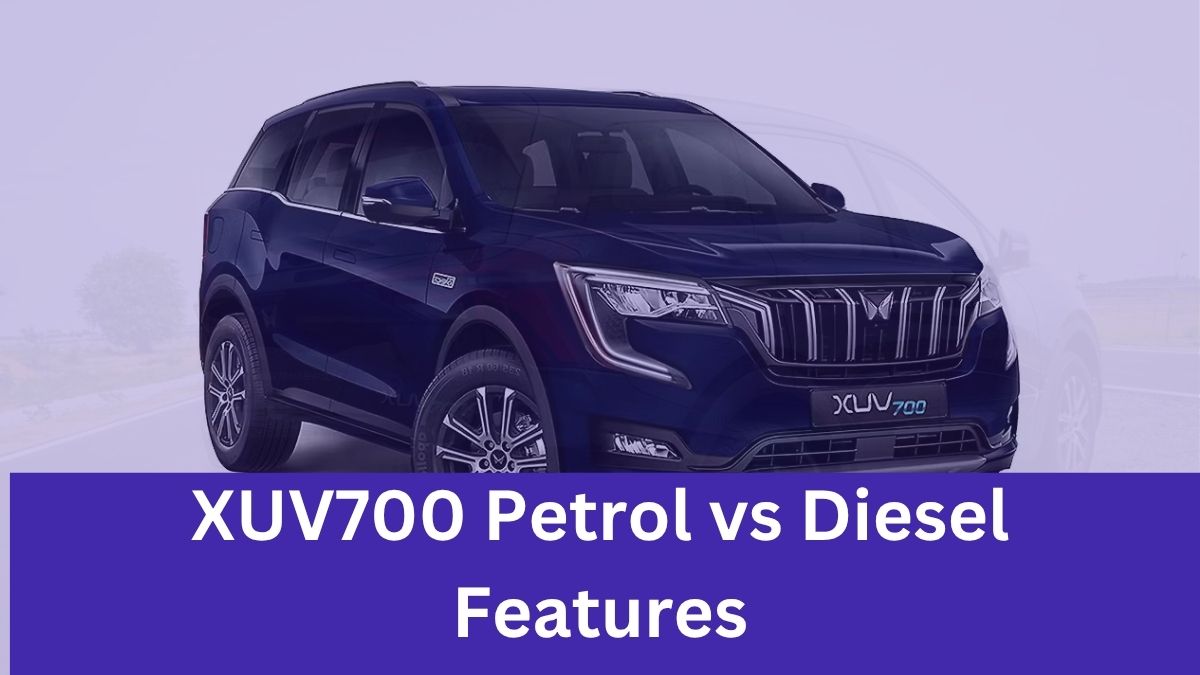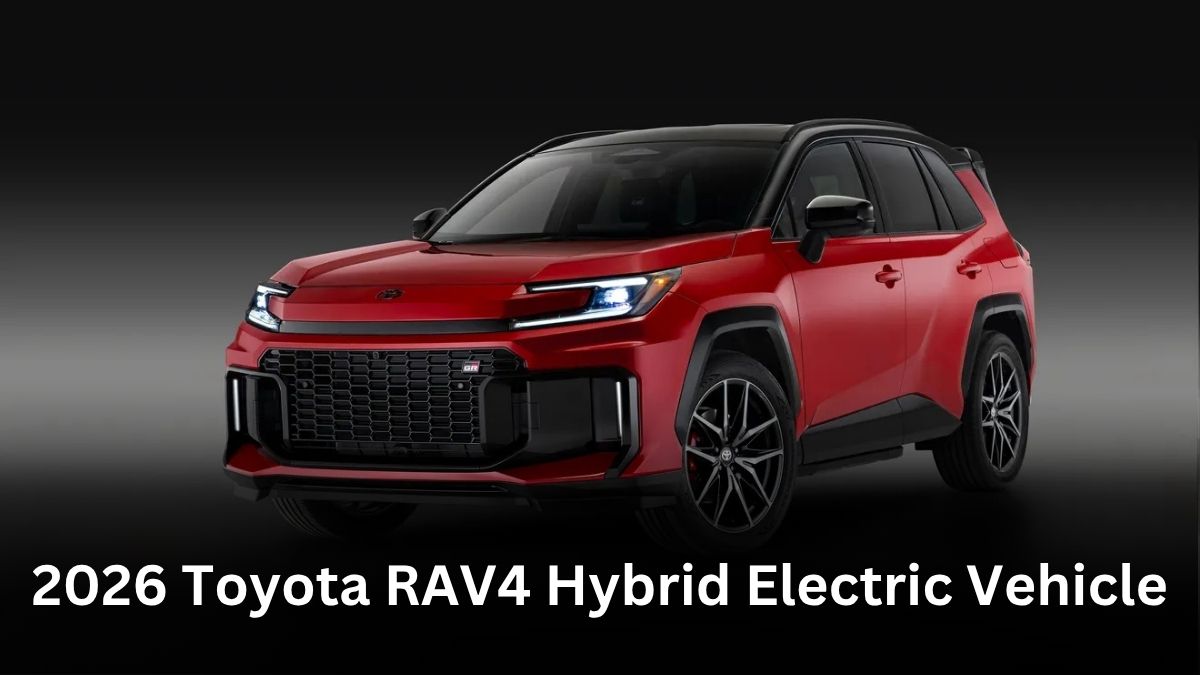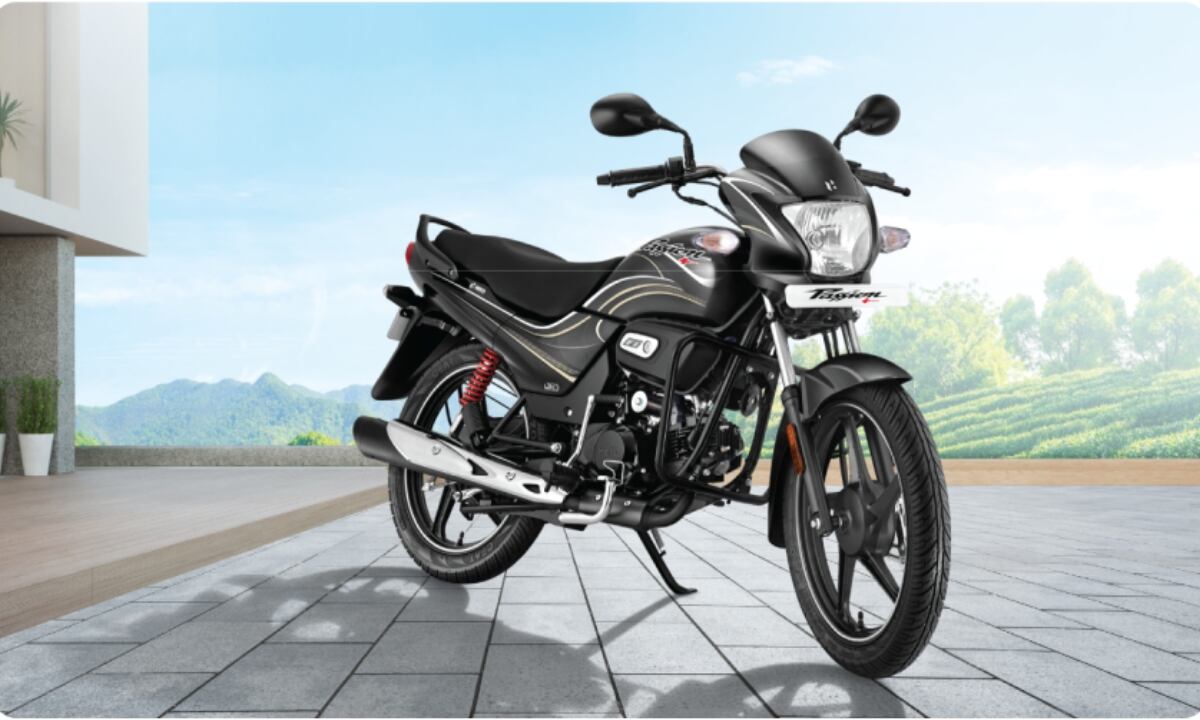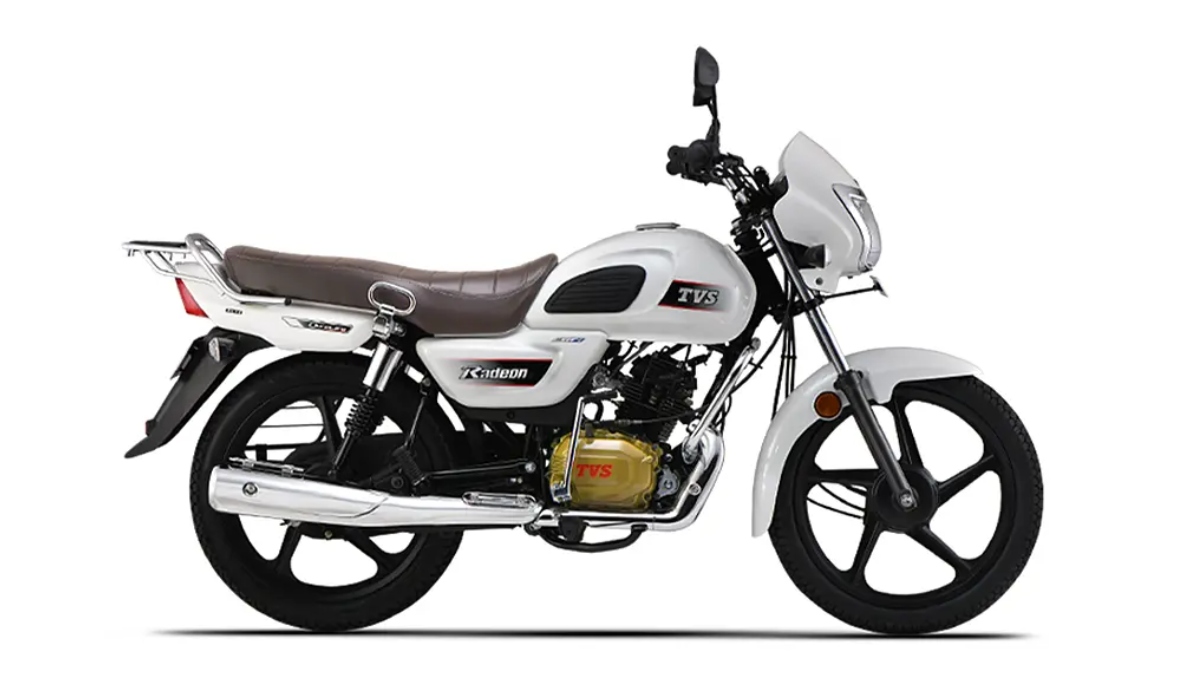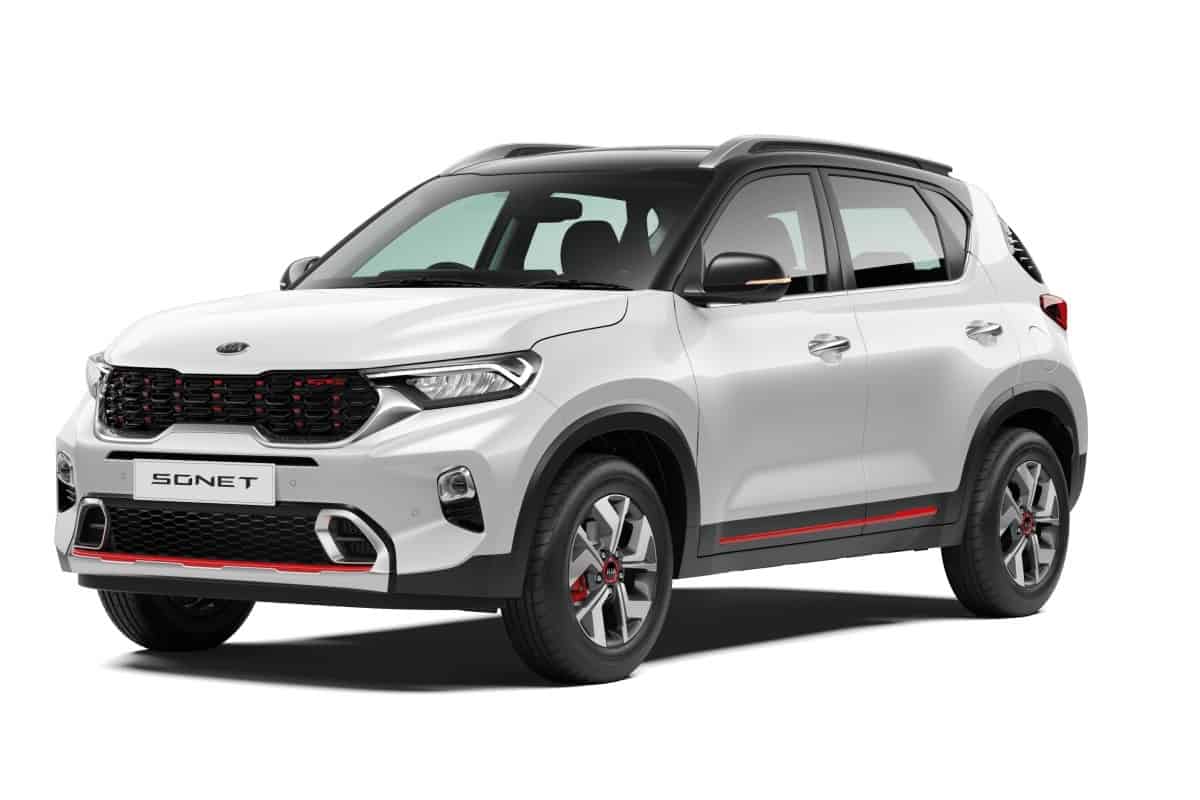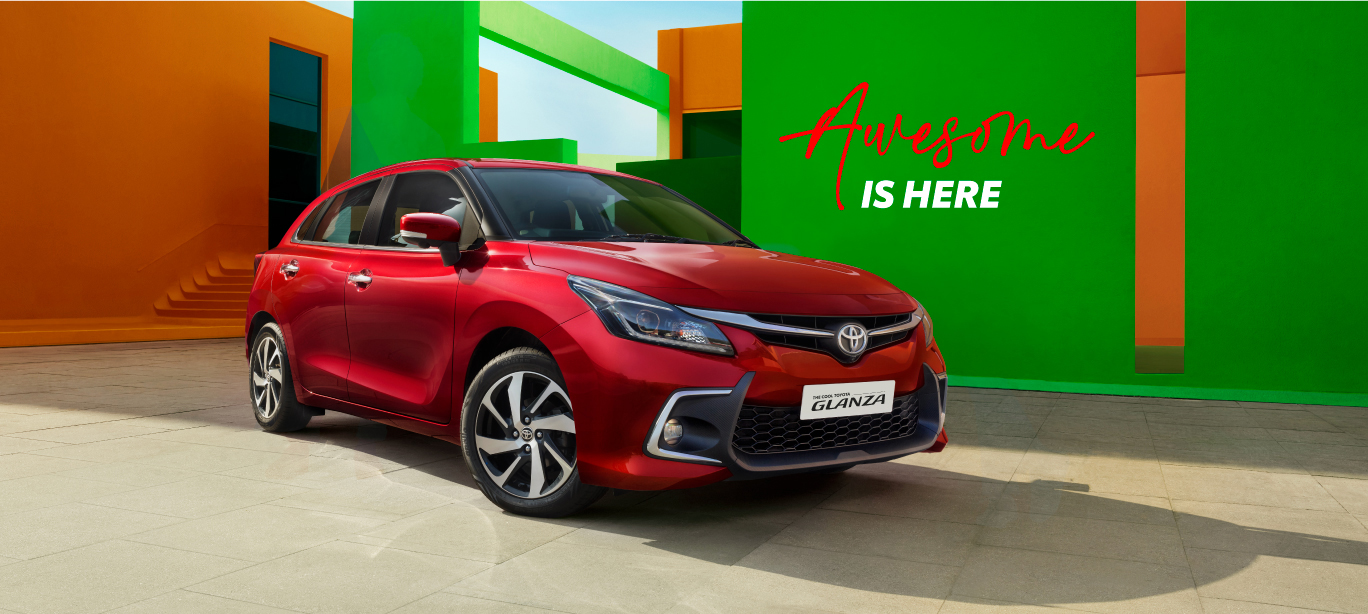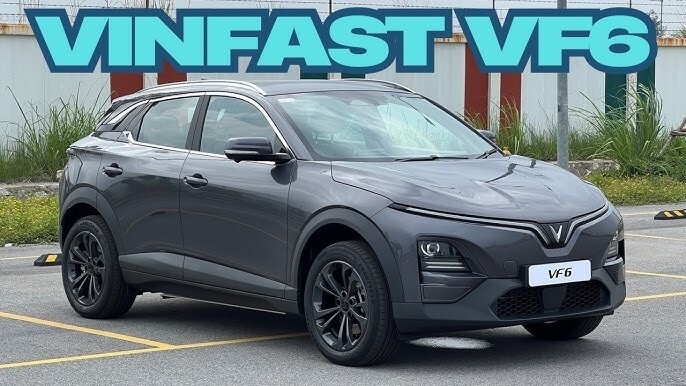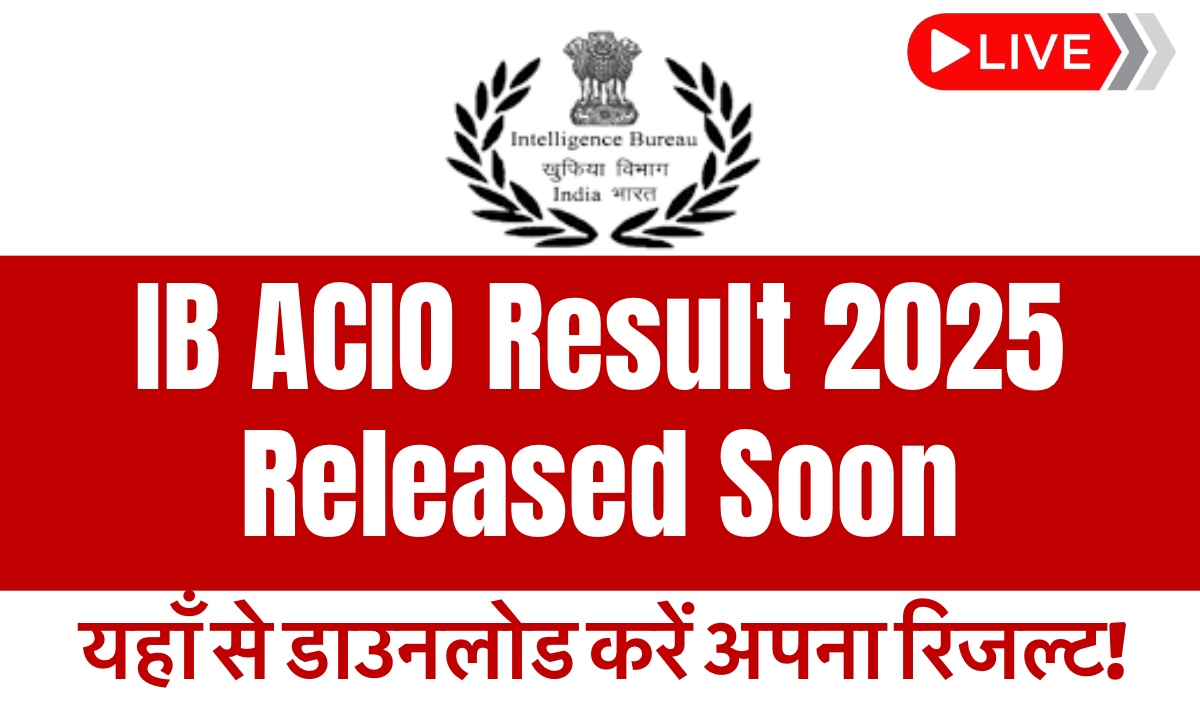XUV700 Petrol vs Diesel Features:The Mahindra XUV700 has shaken up India’s SUV scene with swagger, comfort, and a hefty dose of swagger. Now comes the big question: should you choose the smooth-riding petrol or the powerful, money-saving diesel? Don’t worry—we’ve got you covered. Let’s dive into everything you need to know, from performance and mileage to everyday driving comfort and long-term ownership.
1. Petrol: Zippy and Sporty
XUV700 Petrol vs Diesel Features:The XUV700’s petrol engine is a 2.0 L turbocharged marvel. Poke the throttle and it responds instantly—think sharp acceleration and a lively character. It churns out around 200 PS and 380 Nm of torque, with nought-to-100 km/h in about 7.4 seconds when mated to the automatic. That smooth, immediate power is perfect for buzzing through city traffic and overtaking on highways. The engine is free-revving and impressively refined, making daily commutes feel effortless and enjoyable.
Diesel: Torquey and Relaxed
XUV700 Petrol vs Diesel Features:Trading the petrol for the diesel brings a whole new vibe. The 2.2 L turbo diesel, especially in the AX trim, sculpts a hefty 420–450 Nm of torque. Yes, it’s a bit slower off the line, but the real magic happens when you’re cruising. With those torque numbers on tap from low rpm, it feels like the SUV barely needs to breathe—just glide along and watch the world pass by. Hatchbacks and SUVs might struggle for speed, but not this beauty.
Quick Rundown:
- City driving? Petrol feels more nimble and playful.
- Long highway hauls? Diesel’s torque is a breeze—sit back and enjoy the ride.
2. Fuel Efficiency & Wallet Peace
Let’s talk real-world numbers, because that’s what really counts:
Petrol Version
- Official claims: around 13 km/L (manual), 12.2 km/L (auto).
- Real world: expect about 9–12 km/L in mixed driving—lower in stop-and-go traffic.
Diesel Version
- Official claims: around 16.5–17 km/L (manual), 16.5 km/L (auto).
- Real world: regularly delivers 13–15 km/L in city, and even 16–19 km/L on highways.
Here’s the kicker: diesel uses less fuel per kilometer. Even with diesel being around ₹1 per liter cheaper, the savings add up fast. If you drive a lot—say 20,000+ km a year—the diesel version might actually pay for itself within a couple of years. But if your daily routine is mostly short city hops, the petrol version might still win for its simplicity and lower upfront cost.
3. Sound, Smoothness & Cabin Comfort
Let’s talk NVH—noise, vibration, and harshness.
- Petrol is king in quietness. Even at idle, there’s a hushed vibe, and rev it up and it sounds sporty, not clattery.
- Diesel is impressively hushed. Sure, there’s a little rumble sometimes while idling, but once you set off, it’s whisper-quiet—especially with the auto.
- Over 90 km/h? Both variants bring some wind and tire noise into play, but the cabin remains broadly comfortable and insulated.
In everyday life, you might not notice a massive difference—both are mature and refined. The petrol just has a silky edge if silence is your sanctuary.
4. Price, Maintenance & Peace of MindHere’s the financial scoop:
- On-road price: Petrol models are typically ₹1–1.5 lakh cheaper than their diesel equivalents in the same trim.
- Service costs: Petrol engines are simpler—no AdBlue, no diesel particulate filters (DPF), and fewer soot worries. Diesel has slightly higher running costs and maintenance needs.
- Resale value: Diesels do hold value better in India, especially if they’re well-maintained.
So, if you’re after a lower initial investment and easy ownership, petrol wins first prize. Diesel takes second spot but justifies its premium with fuel savings and stronger resale value—if you use it enough.
5. Daily Driving Ease & Tech Features
XUV700 Petrol vs Diesel Features:Both the petrol and diesel versions come bristling with features—including panoramic sunroof, 6 airbags, ADAS, dual 10.25″ screens, and more. But what about everyday feel?
- Transmission options: Both engines let you choose between 6-speed manual or automatic. The diesel gets Mahindra’s unique “Zip-Zap-Zoom-Custom” drive modes—the extra dynamics flex might be a swaying point for some.
- Ride and handling: Soft suspension makes both versions lazy cruisers—perfect for potholed roads. Steering feel and body roll are identical across versions. In stop-and-go scenarios, petrol’s free rev and lighter clutch feel more playful; in open road driving, diesel feels smooth, stable, and confident.
So ultimately, it’s not a tech fight—choose your drive style.
6. Who Should Pick What? Matchmaking Time
Let’s paint a clearer picture of who’d love which:
| You’re… | Petrol Loves You | Diesel Loves You |
|---|---|---|
| A city commuter, doing <10,000 km yearly | ✅ | ❌ |
| A weekend highway warrior, doing 15,000+ km/year | ✅ (fun factor) | ✅✅ (savings king) |
| After whisper-quiet serenity in traffic | ✅ (silkiest ride) | ✅ (pretty quiet, too) |
| Watching every rupee upfront | ✅ (cheaper variant) | ❌ (gets payback later) |
| Wanting long-term resale & rich torque | ❌ | ✅ (diesel wins resale, power) |
| Wanting low maintenance hassle | ✅ (simpler ownership) | ❌ (slightly complex engine) |
7. Final Verdict on XUV700 Petrol vs Diesel Features
XUV700 Petrol vs Diesel Features:Both the petrol and diesel XUV700 have their own charm. Here’s the final takeaway:
- Petrol: Quicker, quieter, simpler—ideal for light city usage and sporty feel.
- Diesel: Strong torque, frugal with fuel, great for highway cruising and long-term ownership.
Here’s how you can decide:
- Assess your yearly driving kilometers. Less than 10,000? Go petrol. Over 15,000? Diesel’s fuel savings will shine.
- Think about driving comfort. Want whisper quiet rides? Petrol edges ahead slightly. Enjoy torque-rich cruising? Diesel’s your buddy.
- Consider costs—both upfront and long-term. Petrol is cheaper now; diesel can save you later.
- Factor in maintenance. Petrol is low-maintenance; diesel needs a bit more attention.
Parting Thoughts: The XUV700 Match
Here’s the ultimate bottom line:
- Choose Petrol if you’re city-bound, after smooth cabin comfort, quick throttle response, and a friendly price tag.
- Choose Diesel if your roads are long, your drives are frequent, and you want the muscular torque and fuel efficiency that bring real savings.
XUV700 Petrol vs Diesel Features:Whatever you choose, the XUV700 packs outstanding features: bold styling, advanced safety, user-friendly tech, and a comfortable ride. It’s about matching your priorities—find your vibe, and the XUV700 will shine for you every mile you drive.
Quick Takeaways You’ll Love
- 💨 Petrol = fun + fast + smooth.
- 🔋 Diesel = torque + thrift + torque again.
- 🏁 City commute? Light usage? Go petrol.
- 📏 Long highway miles? Diesel is your champ.
- 💰 Want to save big over time? Diesel pays off.
- 🎧 Craving quiet comfort? Petrol has a slight edge.
